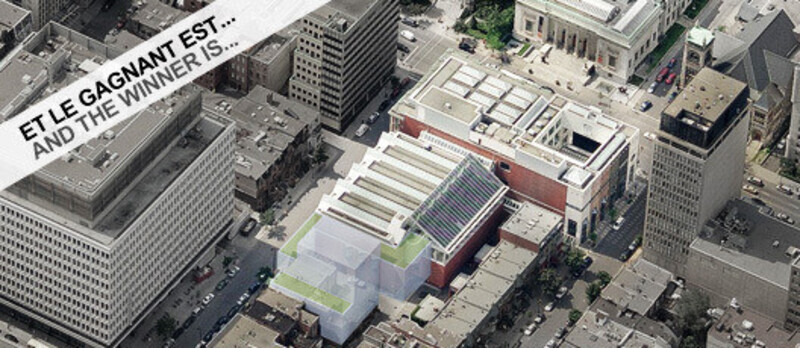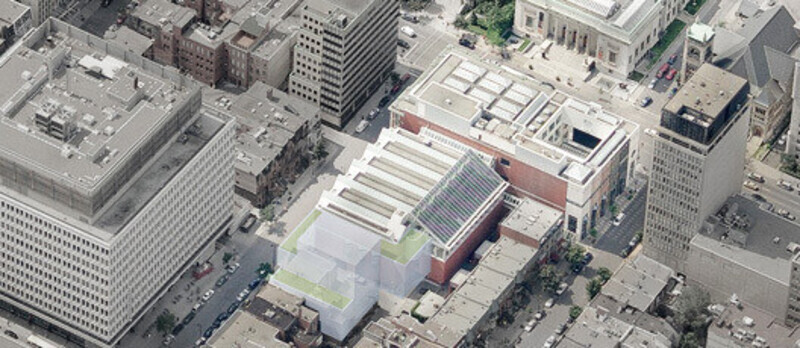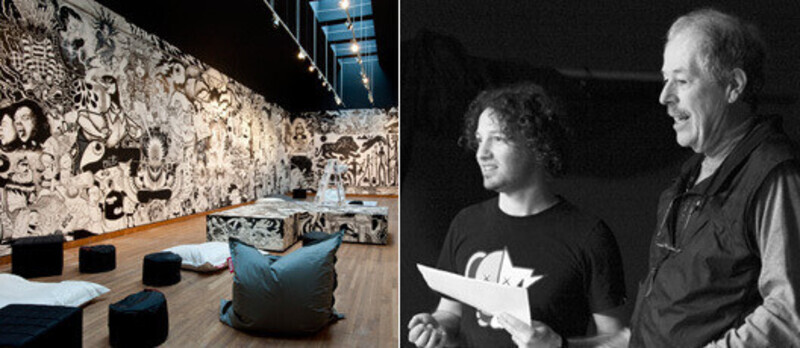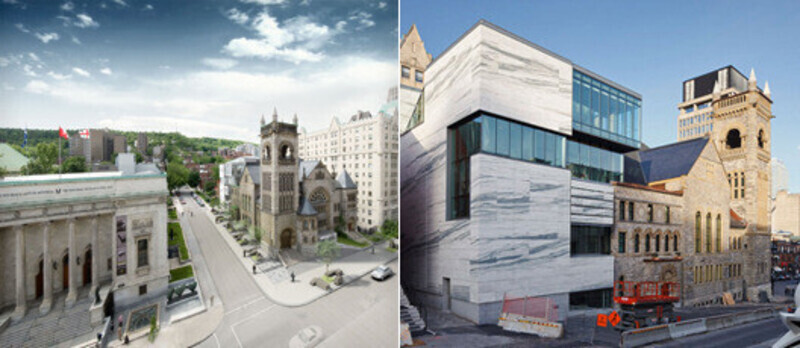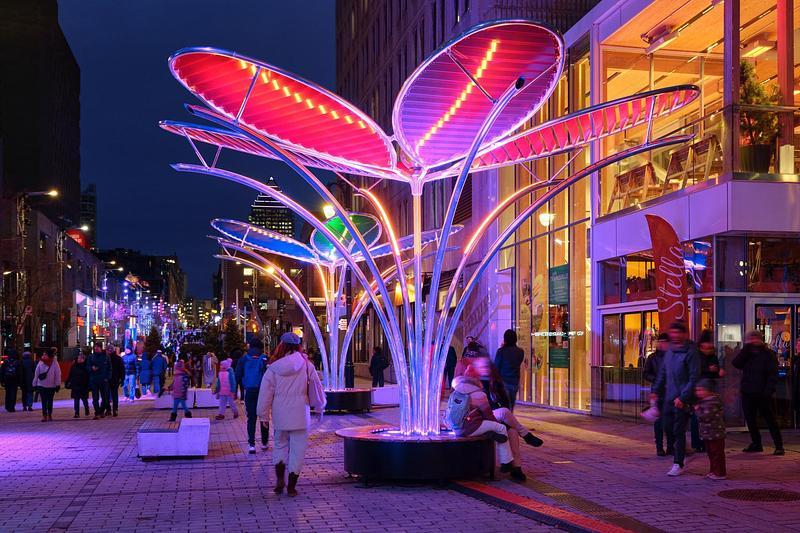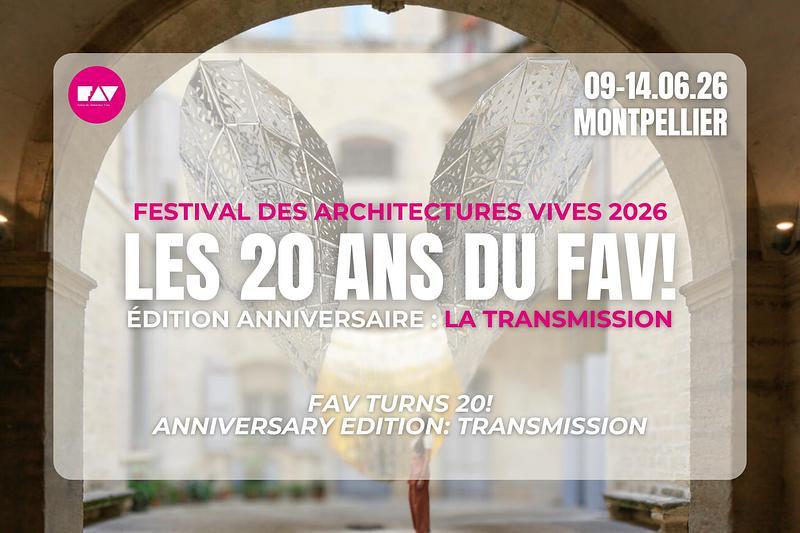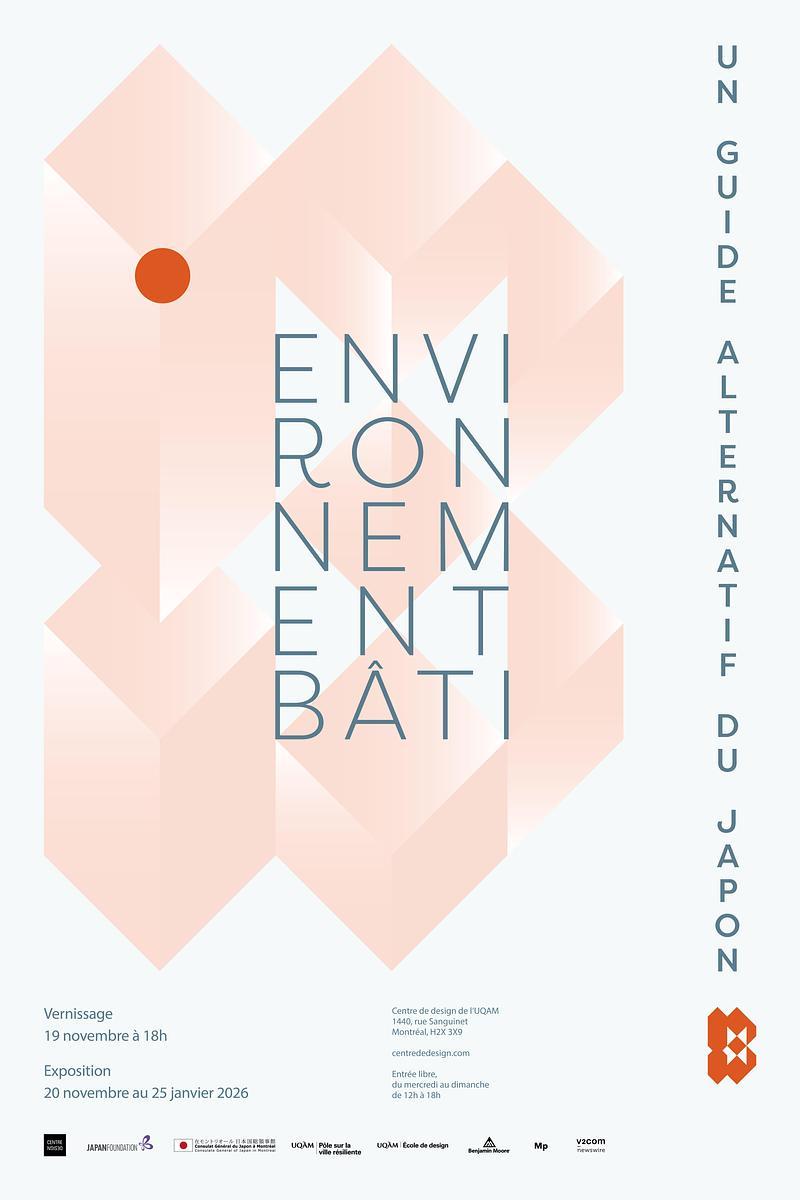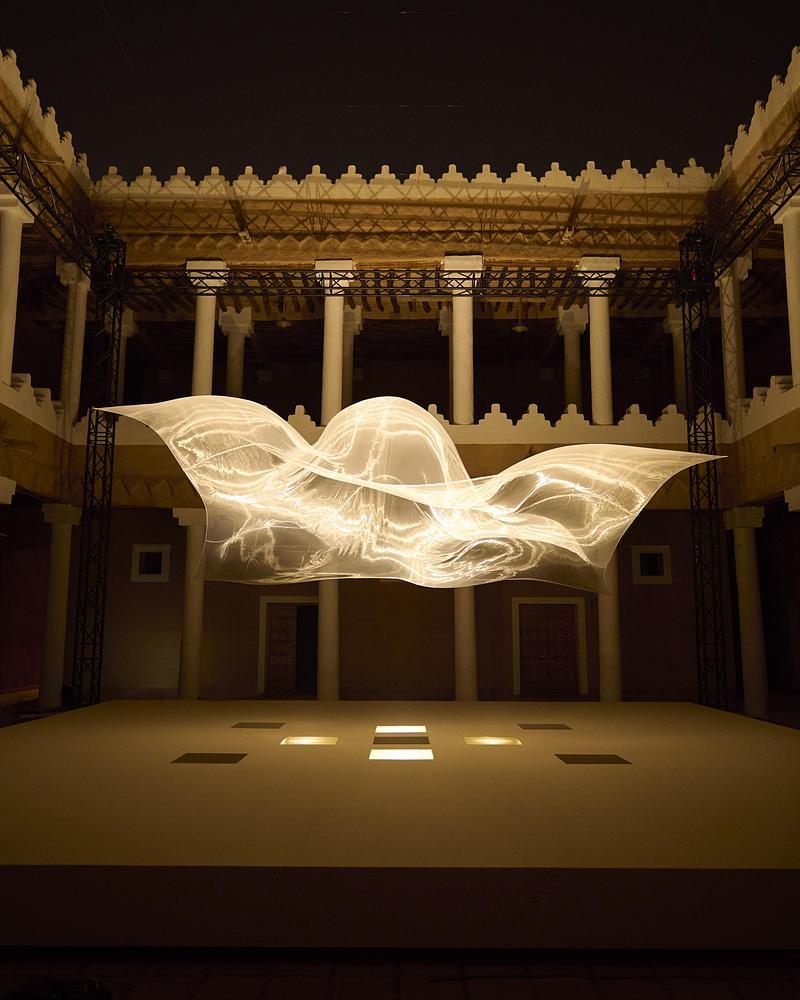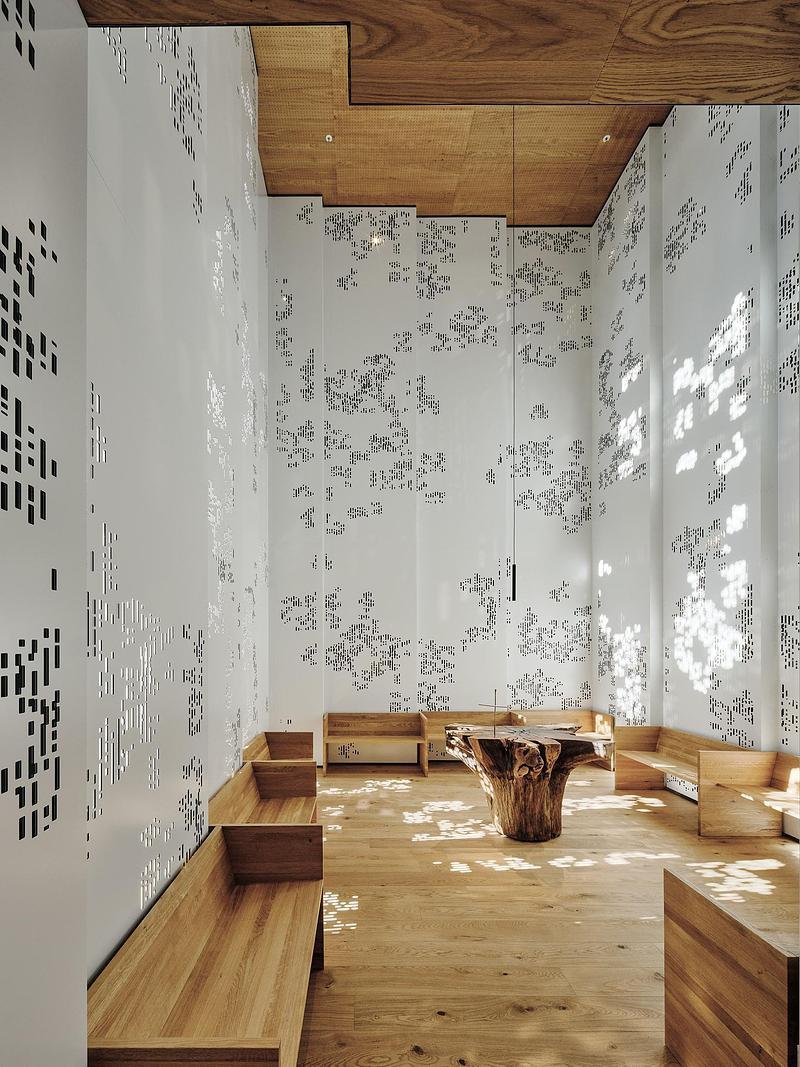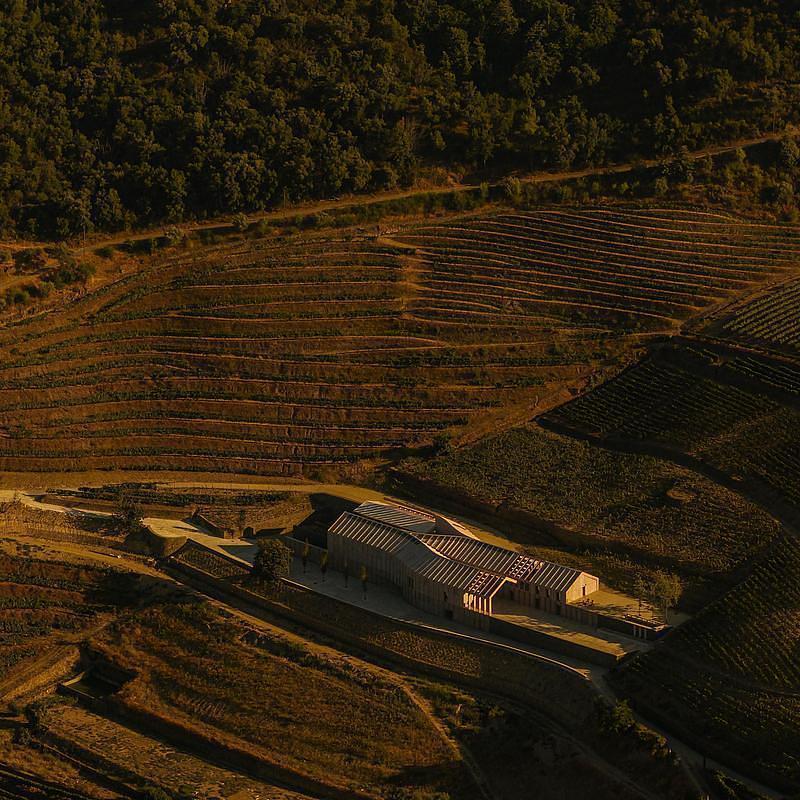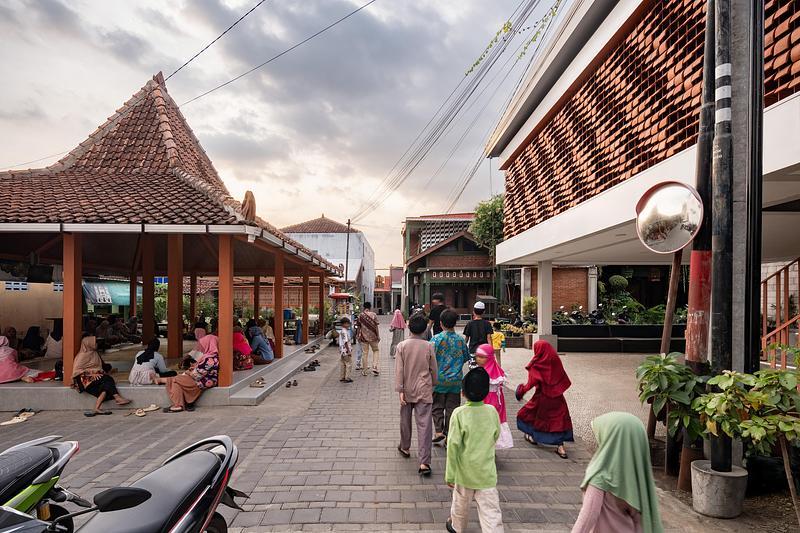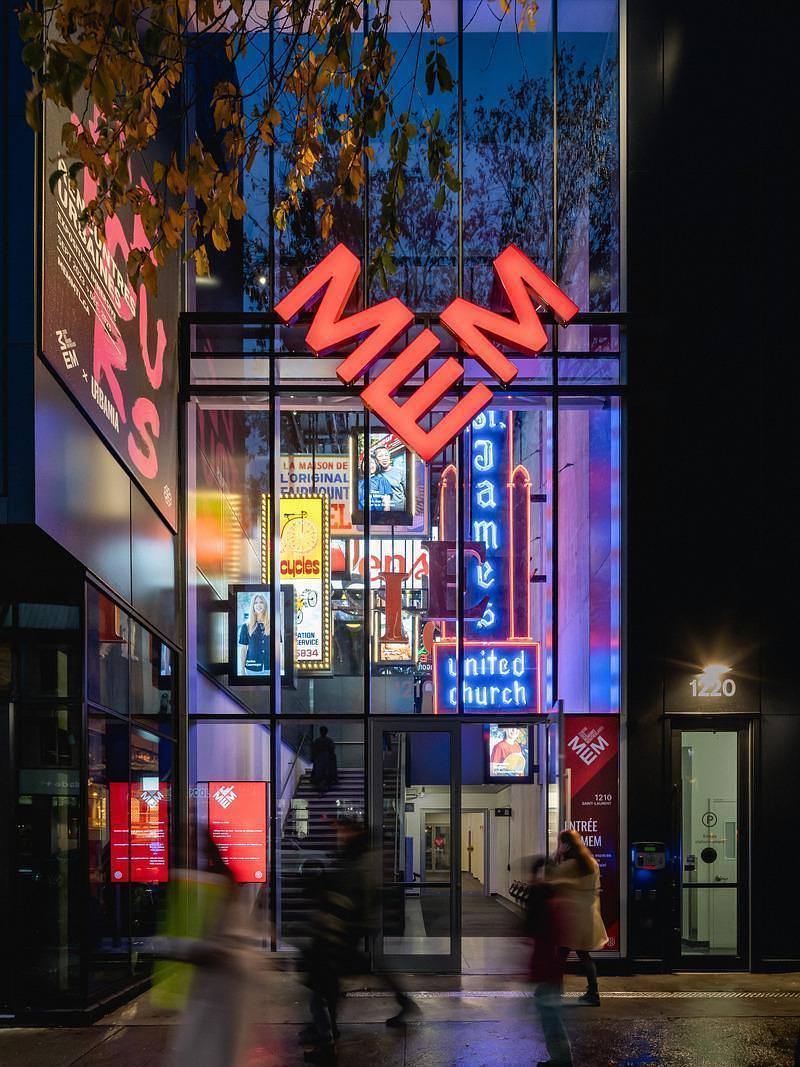
Press Kit | no. 696-03
Red Flag, a group of contemporary Chinese artworks from Montreal collections
Montreal Museum of Fine Arts (MMFA)
A new exhibition in the contemporary arts square
Contemporary art in China, repressed during the 1990s in the wake of the events in Tiananmen Square, has since blossomed in an unprecedented manner – demographically, aesthetically and commercially. The art boom is on the usual inordinate Chinese scale. Where there were scarcely any art galleries in China at the end of the twentieth century, today there are more than three thousand of them. Beijing’s 798 Space alone houses three hundred galleries. In 2001, there was only one Chinese on the list of the world’s top 100 visual artists; in 2009 there were twenty-five…
In recent years, several distinguished Chinese works have been purchased by Montreal collectors, while the Museum has acquired a few important pieces by some of the greatest living Chinese artists, including Ai Weiwei, Zhang Huan and the Gao brothers. By the latter, superstars among their contemporaries, the Museum has just acquired two outstanding photographs: TV No. 6 (2000), which was offered by J.-Serge Sasseville, and Wake (2000), from the series “Sense of Space.”
In their series “The TV,” the Gao brothers take a cold and caustic look at the role of television, recently introduced and under the control of the State, in the transmission of information within the country. TV No. 6, the final work in the series, has a powerful symbolic coefficient. It shows one of the artists, Zhen, sitting naked on a television set and holding an open newspaper. Informed by reading the paper, the headlines of which refer to events that took place under the regime of Mao Zedong, he is gazing upwards with a heartbroken expression on his face. The television is on, but all that can be seen is a blank screen.
Living in China but admired and collected mainly in the West, the Gao brothers deliberately address their works to their Western public, intending their art to serve as a window on the state of their society. The photographs in the “Sense of Space” series – Waiting, Prayer, Anxiety, Wake and Listening – depict the different psychological states into which the accelerated urbanization of Chinese society is plunging the population. In these scenes, the cramped space, the nudity, the silence, the absence of any cultural or historical marker except for the rag doll, the last remnant of a vanished childhood, all convey a picture of a paradoxically brutal yet vulnerable China. Stéphane Aquin, Curator of Contemporary Art at the Montreal Museum of Fine Arts, is in charge of the presentation of Red Flag.
Attachments
Terms and conditions
For immediate release
All photos must be published with proper credit. Please reference v2com as the source whenever possible. We always appreciate receiving PDF copies of your articles.
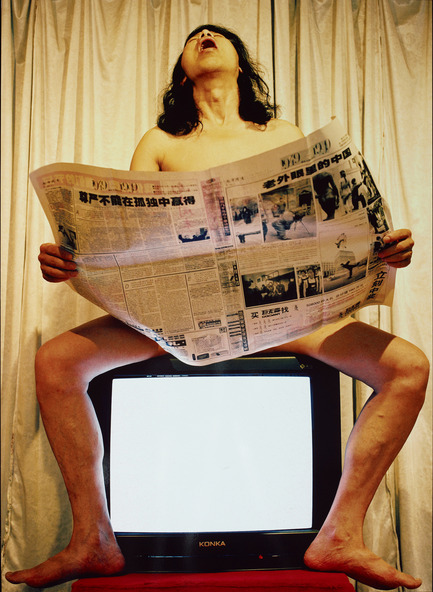
Épreuve à développement chromogène, édition de 10
149,7 x 109,8 cm
Don de Mes J. Serge Sasseville et François Dell'Aniello en l'honneur du 150e anniversaire du Musée des beaux-arts de Montréal
Inv. 2010.854 (DRA.013)
Zhen Gao – Né à Jinan (Chine) en 1956
Qiang Gao – Né à Jinan (Chine) en 1962
High-resolution image : 10.0 x 13.67 @ 300dpi ~ 8.1 MB
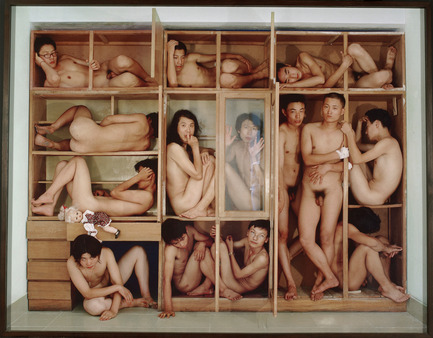
Épreuve à développement chromogène
115,5 x 145,5 cm (à vue)
Achat, fonds de la Campagne du Musée 1988-1993
Inv. 2010.855
Zhen Gao – Né à Jinan (Chine) en 1956
Qiang Gao – Né à Jinan (Chine) en 1962
Medium-resolution image : 8.33 x 6.5 @ 300dpi ~ 3.7 MB
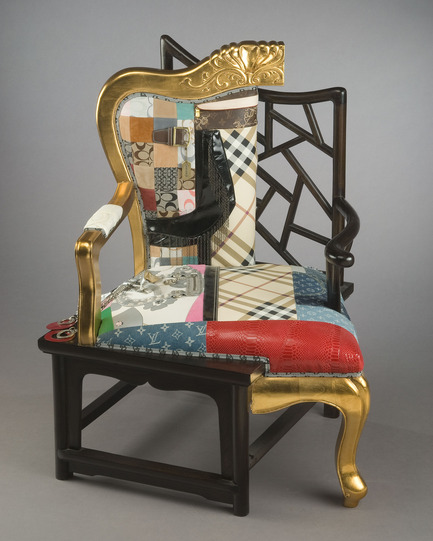
Bois teint et vernis, feuille d'or, fragments de sacs à main (cuir, vinyle, coton, Ultrasuède, polyester et velours de polyester, chaînes, fermoirs et anneaux en métal chromé, anneaux en métal laqué, laiton)
Édité par XYZ Design, Shanghaï
94,8 x 76,5 x 77,3 cm
Achat, fonds de la Campagne du Musée 1988-1993
Inv. 2009.10.1-2
Medium-resolution image : 8.0 x 10.0 @ 300dpi ~ 1.2 MB

Épreuve à la gélatine argentique, 1/6
63,5 x 317,5 cm
Achat, fonds de la Campagne du Musée 1988-1993
Medium-resolution image : 8.33 x 1.79 @ 300dpi ~ 190 KB
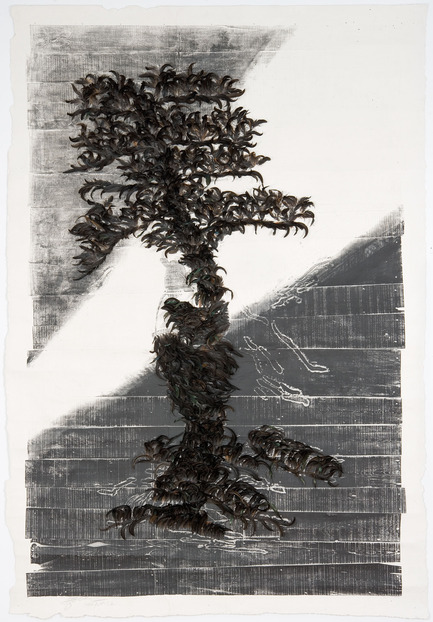
Gravure sur bois de fil, collage de plumes
360 x ~ 246 cm (feuille, ~ 336 x ~ 220 cm (image)
Prêt de la collection Pierre Bourgie
Medium-resolution image : 6.67 x 9.58 @ 300dpi ~ 1.4 MB
